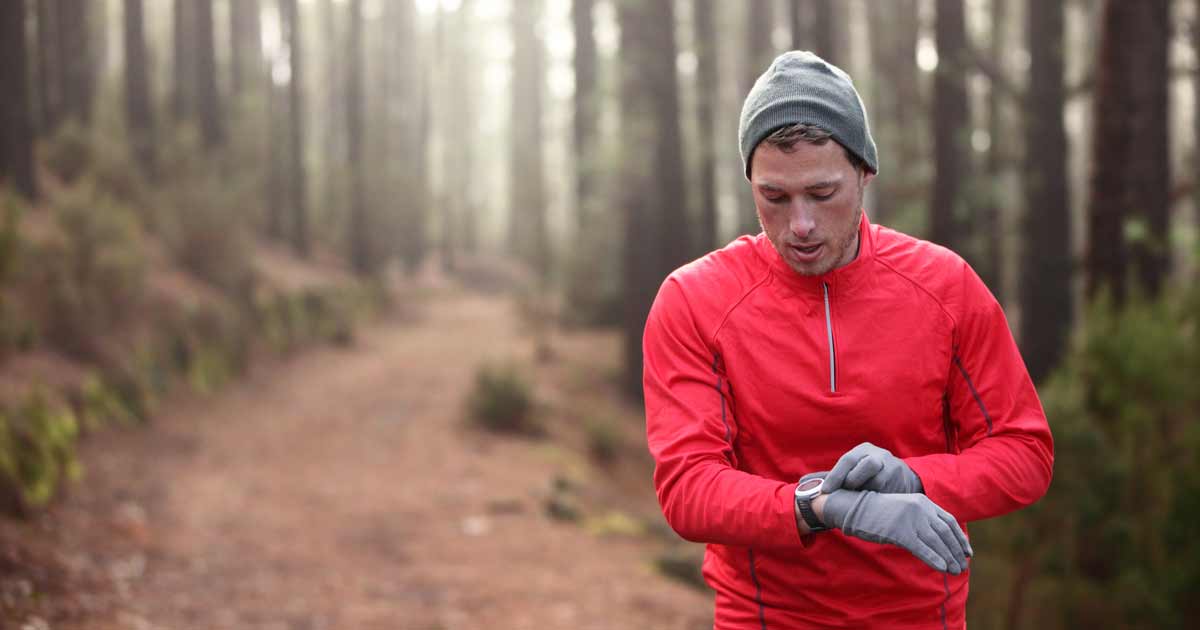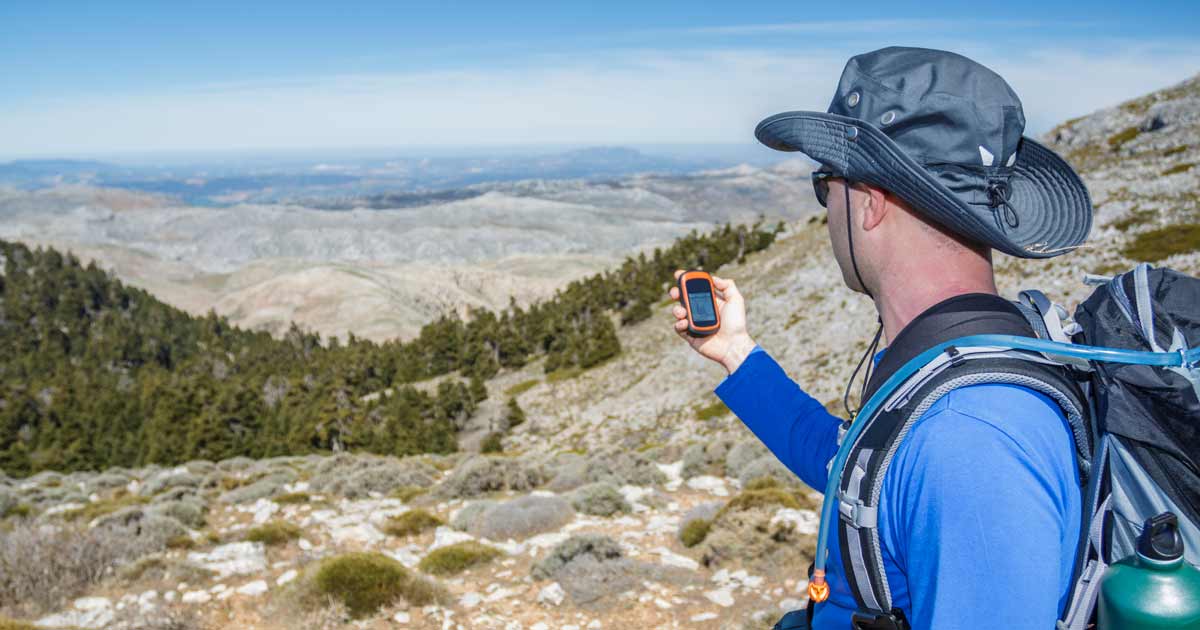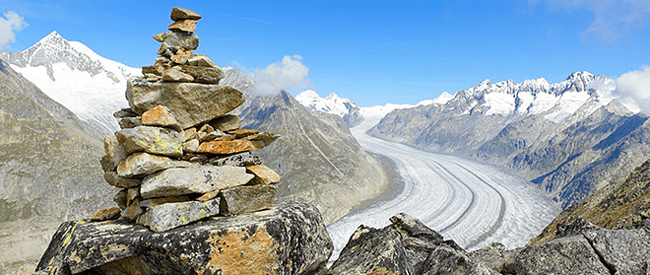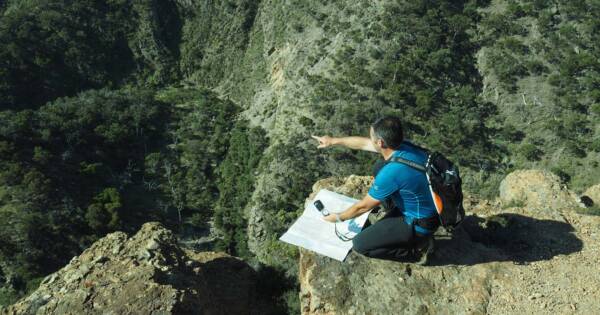Using a GPS for hiking in Australia
Have you purchased your first GPS unit and now find yourself staring at the screen wondering how to use a GPS? Don’t worry, you are not alone, particularly when looking at the latest models on the market as they are jam packed with features, some of which you will never use. Now it would be impossible to cover all of the features of every model here so what I’ll do is provide an overview of the basic functions with a few tips on how to improve reception and accuracy. So let’s get started.
If you were not already aware, GPS is an acronym standing for Global Positioning System. When using a GPS for navigation it is important to remember that a GPS receiver does NOT replace a map and compass or the knowledge of how to use them. Your GPS unit DOES augment and enhance your navigational abilities with technology. But you should still always carry a detailed map of the area and a compass. A GPS unit is only as good as the map you use with it. To provide reliable navigational information, including your position, a GPS receiver needs to receive good signals from at least 4 satellites in order to determine your position and altitude across the Earth’s surface. To simplify map navigation, a system of coordinates is used. Coordinates divide the map into a grid and identify a particular location by listing its relative position north/south and east/west.
GPS units come in an array of prices, with the higher priced models offering more features. A very basic unit will have a display and controls that allow you to find your latitude (east-west lines drawn around the Earth) and longitude (north-south lines radiating from the North Pole to the South Pole). Within that basic configuration there are a variety of models and styles so you need to select one that suits your needs. Some GPS models are waterproof – very handy when crossing rivers and lakes or if you get caught in a storm. Different models have some nice-to-have features like back-lighting so you can read them at night without holding a flashlight. Many offer a tracking log so you can recall where you’ve been. That’s very useful for drawing on a paper map to nail down your route.
The Basics
These are four common features available to virtually any GPS receiver intended for hiking:
- Give a location: A GPS unit accurately triangulates your position by receiving data transmissions from multiple orbiting satellites. Your location is given in coordinates: latitude and longitude or Universal Transverse Mercators (UTMs).
- Point-to-point navigation: A location or destination is called a “way-point.” For example, you can establish a starting way-point at a trail-head by using the location function. If you have the coordinates for the campsite you’re headed for (taken from a map, resource book, website, mapping software program or other source), a GPS can give you a straight-line, point-to-point bearing and distance to your destination. Since trails rarely follow a straight line, the GPS’ bearing will change as you go. The indicated distance to travel will also decrease as you approach your goal.
- Route navigation: By combining multiple way-points on a trail, you can move point-to-point with intermediate bearing and distance guides. Once you reach the first predetermined way-point, the GPS receiver can automatically point you to the next one or you can manually do this.
- Record a track: One of the most useful functions of a GPS unit is its ability to lay a virtual “breadcrumb trail” of where you’ve been, called a track. This differs from a “route,” which details where you’re going. You can configure a GPS to automatically drop “track-points” over intervals of either time or distance. To retrace your steps, simply follow the GPS bearings back through the sequence of track-points.
Navigation Skills
- Entering Way-points: Plotting a route with way-points is easy. Simply press the MARK button (or, on some units, press and hold the ENTER button). If you’re marking a way-point where you stand, you can often do this with the single press of a button. You can also add multiple levels of detail: a name (e.g.,”trail-head” or “waterfall”), the coordinates, the elevation and even a short note. This is particularly helpful if you’re marking way-points for the trail ahead, perhaps before you leave home. Tip: Whenever starting a hike, add a way-point where you’ve parked your car.
- Following Way-points: With way-points in place, your GPS receiver can guide you from point to point. Use the FIND or GOTO button to identify a particular way-point target. Then switch to the Compass screen where the GPS receiver will give you a bearing and estimate the distance and time of travel.
- Recording a Track: If you take a spontaneous side trip from base camp or in any way venture into unknown territory, one of your GPS receiver’s most useful features, “tracking,” comes into play. When you enable the TRACK RECORDING feature, the GPS unit will automatically set track-points as you go, essentially laying a breadcrumb trail to show where you’ve been. You can adjust track-points to be laid at specified intervals of time or distance. The shorter the distance between track-points, the more accurate the path back. For example, track-points set every 100 yards allow a greater risk of you wandering off course versus track-points set every 10 feet. The intervals you select should depend on the presence of a marked trail, the terrain, the weather and other conditions that you find. In addition to this essential guiding feature, tracking also allows you to record time and distance traveled.

Satellite Reception Tips
One of the more common complaints from hikers who have just purchased their first GPS receiver is that they’re having difficulty establishing a good, clear signal. If you experience this, refer to your owner’s manual or consider the following:
- Satellite lock: Do this in the parking lot before you head into the trees where reception is more problematic and variable.
- GPS placement: Fix your receiver to a shoulder strap of your pack to give it a clear view of the sky. If you walk with the GPS unit in your hand, don’t swing your arms. This motion can disorient the receiver. This can be particularly frustrating if you are wearing a GPS Wrist Watch as it is meant to be placed on your wrist. Unfortunately this can impact on the reception and accuracy. I often take mine off and secure it to the shoulder strap on my pack.
- Avoid obstacles: A GPS receiver’s accuracy (and usefulness) is completely dependent on being able to receive clear transmission signals from four or more satellites. If the “view” to the horizon or overhead is obstructed, that reception can be effectively blocked or diminished, making the GPS unit unreliable. If this occurs, you may need to get to higher, open ground. In the meantime, turn off your GPS to conserve battery power.
- Initialising: Do this simple process if your new GPS receiver is not picking up signals very well, even with open access to the sky. Consider that most GPS receivers are manufactured in Asia. So when you power it on the first time, its most recent “memory” of satellite links is from Asia. Initialization orients the GPS receiver to its current surroundings and downloads information from the satellites in the local sky. This, in turn, helps it to acquire satellites more quickly and effectively in the future. Check your owner’s manual for instructions on how to initialise your unit.
- Batteries: Make sure they’re fresh at the start of your trip. And carry spares. Consider turning off nonessential features such as auto-routing and back-lighting to conserve battery life.
Before using your GPS receiver as a primary navigational tool in unfamiliar territory, set yourself up for a successful, enjoyable trip. Familiarise yourself with all of the unit’s features and controls. Read the owner’s manual. And practice around your suburb or in a local park until you’re comfortable with how everything works. Do some research before you buy and look at a lot of models before deciding. If you do, you’ll definitely find one that suits your needs and budget.
Sections of this article by Steve Tischler








It’s been a while since I used my GPS (an older model without built in maps). This is a great article to refresh my memory of the basics.
Thanks Darren. Glad it was helpful. To be honest, it’s been a while since I’ve used mine too. Trying to reacquaint myself with lap and compass.